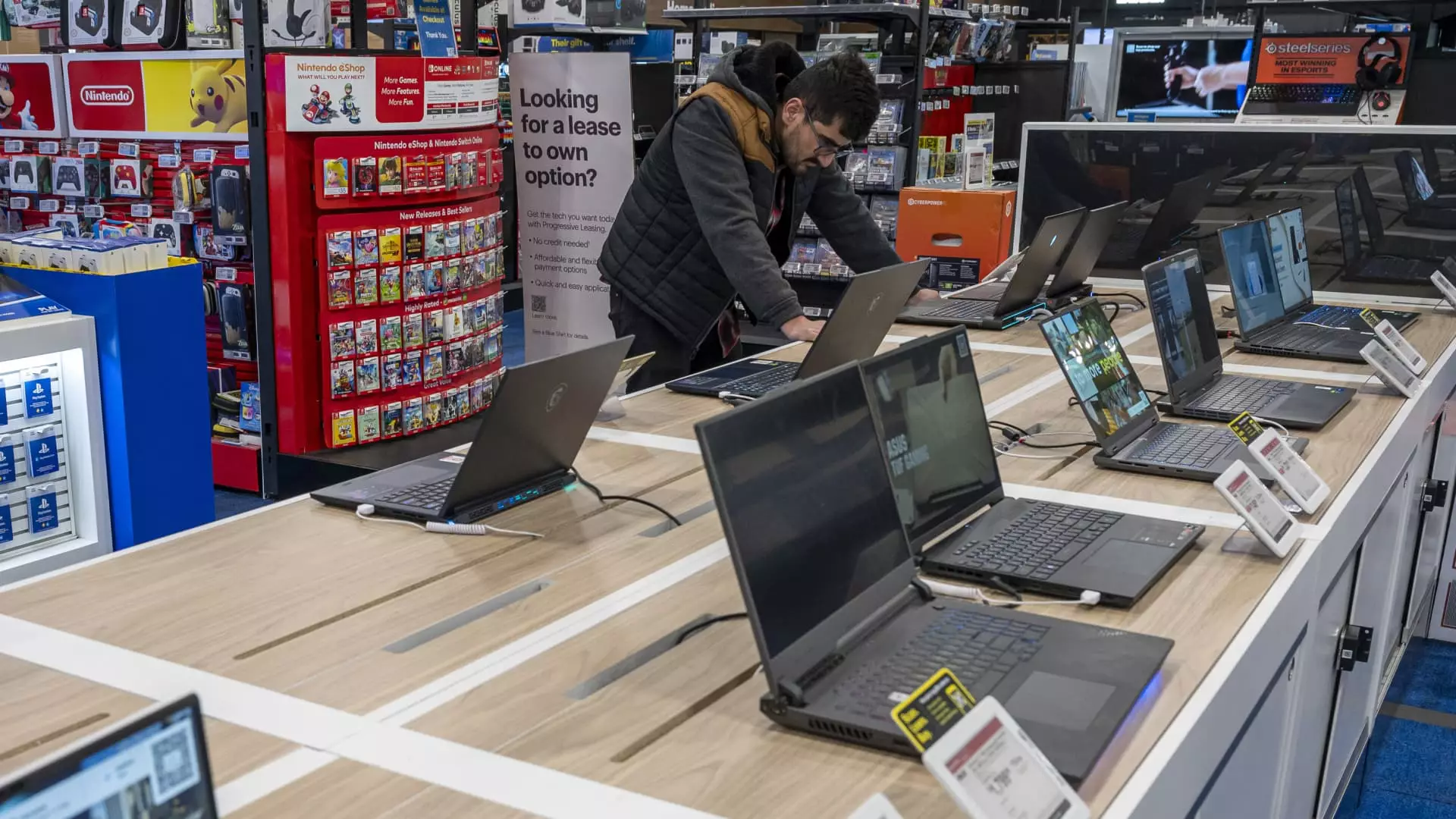In the aftermath of the unprecedented economic turmoil brought on by the pandemic, the U.S. economy is witnessing intriguing trends in consumer prices, characterized by a notable shift towards deflation. This phenomenon, traditionally rare in the American economic landscape, has revealed a decrease in prices across various sectors, particularly for tangible goods. This article delves into the underlying factors contributing to this change, the implications it holds for consumers, and the sectors that are feeling the impact most significantly.
Deflation, often perceived as a worrying economic signal, occurs when the general price levels in an economy decline. Historically, businesses in the U.S. are hesitant to lower prices after they have been increased, making such reductions a rarity. However, recent data from the Consumer Price Index (CPI) indicates a broader deflationary trend within specific categories of consumer goods, such as electronics and various household items. This rare instance of price retreat has caught the attention of economists, who believe that it may indicate a longer-term economic adjustment process after the inflationary spikes experienced during the peak of the pandemic.
The deflationary momentum stems in large part from the unwinding of pandemic-era distortions that altered typical supply and demand patterns. As businesses adjust their operations and supply chains return to pre-pandemic norms, a stabilizing effect on prices has been observed. Mark Zandi, chief economist at Moody’s, noted that the normalization of supply chains has played a pivotal role in moderating inflationary pressures across the economy.
Another significant factor propelling the trend towards deflation is the relative strength of the U.S. dollar against other global currencies. This newfound strength allows American consumers to import goods at reduced prices, further contributing to the downward trend in various categories. Lower import costs translate directly into lower prices for items such as consumer electronics, furniture, and clothing.
The CPI reflects that consumer goods have seen a cumulative decline of about 1% since October 2023, with specific items like appliances and sporting goods experiencing even steeper reductions. For example, data indicates that appliances are approximately 2% cheaper than their prices a year prior, while certain categories like women’s outerwear and children’s apparel have also seen significant price drops.
A closer look at the affected sectors reveals a complex narrative. While many goods have experienced price reductions, others still experience fluctuations that complicate the overall picture. Categories such as furniture, men’s clothing, and cosmetics show mixed results, with some experiencing price declines while others have fluctuated in recent months. The used car market presents itself as a particularly interesting case, with predictions suggesting a resurgence of deflation as wholesale prices continue to fall.
Gasoline prices have also contributed to the overall deflationary trend. According to the U.S. Energy Information Administration, the price of gasoline has decreased over 12% from the previous year, benefiting consumers at the pump. This reduction in energy costs not only eases the strain on consumers but also has downstream effects on the prices of goods and services that rely on transportation and distribution.
Understanding the Broader Economic Impact
The implications of these price trends extend beyond consumer goods into the realm of broader economic dynamics. Reduced prices can lead to increased consumer spending, generating a stimulus effect that can potentially rejuvenate the economy. Lower costs for everyday items may empower consumers to reallocate their spending towards other sectors, fueling further economic growth.
However, it is important to acknowledge that deflation is not without its risks. Prolonged deflation can lead to decreased consumer spending as individuals anticipate even lower prices in the future, a behavior that could stifle economic momentum. The critical balance lies in managing these deflationary pressures while fostering an environment that encourages consumption and investment.
Interestingly, the decline in prices for certain consumer electronics—computers, smartphones, and video equipment—shines a light on the evolving nature of technological advancements. While the CPI records significant price drops for these products, analysts caution that these reductions may not accurately represent the consumer experience. Improved technology and added features are often incorporated into newer models, creating an illusion of lower prices driven by quality improvements rather than fundamental price reductions.
The current deflationary trends across various sectors present a fascinating snapshot of the challenges and adjustments facing the U.S. economy in a post-pandemic world. While the decline in prices may provide short-term relief for consumers, the broader implications of these changes warrant careful observation from policymakers and economists alike. Navigating the balance between encouraging economic growth and mitigating the risks associated with deflation will be critical in shaping the future of the American economy.

Leave a Reply